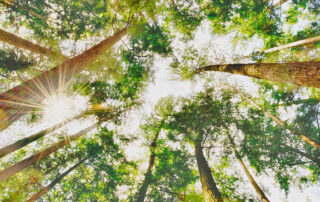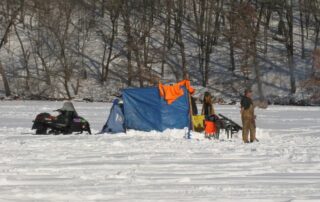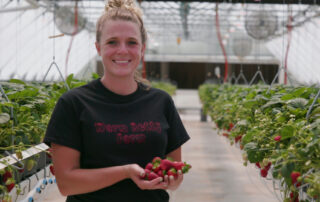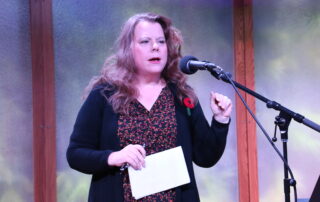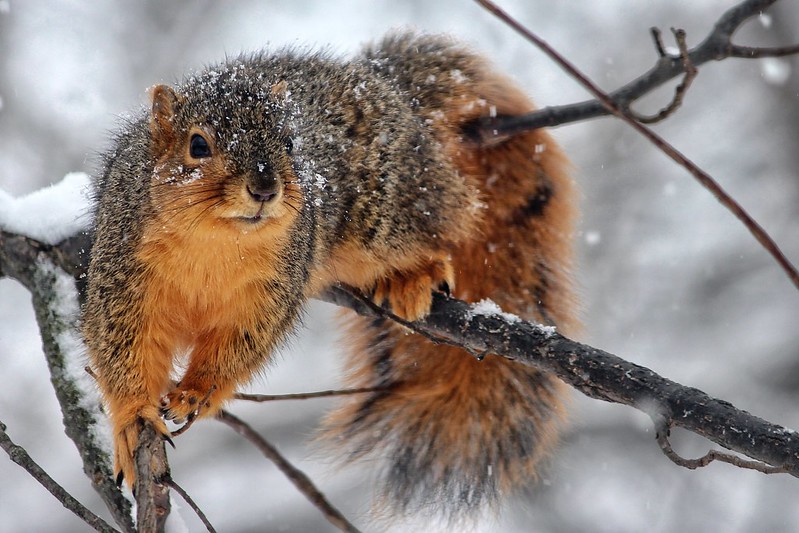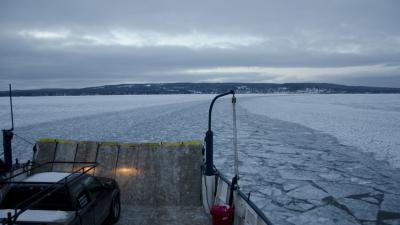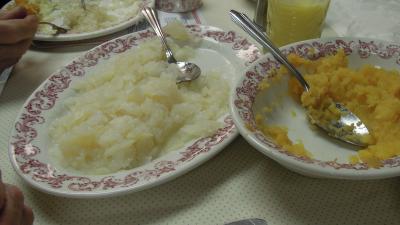On a cold March afternoon, a class of energetic third graders bounds into the agriculture workshops at Mineral Point High School.
Under the watchful eyes of high school Ag students, the third graders plant cups full of native Wisconsin seeds in plastic trays and haul them into the high school greenhouse to wait for spring.
“The plants you put in today, we refer to as pollinators,” explains Don Hawkins, the high school’s retired agriculture instructor. “They attract things to come onto their blossom, get the nectar, and then go to another plant. That’s the way we get viable seeds produced.”
If they germinate and grow, these seeds have a bright future. Understanding that future requires learning a bit about Hawkins’ past. From 1951 to 1983, he taught agriculture in Mineral Point. After retiring, he set out to keep busy.
“I was determined not to be a grouchy old person,” Hawkins said.
Instead, he threw himself into community work. In particular, Hawkins and other community members were interested in restoring two pieces of school property to their natural state as prairies and oak savannas, one by the city’s elementary school and one by its high school. Work on the land by the elementary school began in the late 1990s.
“When we were thinking of converting that piece of woods … everything (was) growing very dense, dense to the point that it was causing the horizontal branches of the desirable oaks, some of the oaks thought to be 150 years old … they were losing their lower branches because they were in the shade of undergrowth,” Hawkins remembered.
In the years since, Hawkins, students and community members have spent countless hours removing heavy undergrowth and invasive plants, replacing them with native grasses and saplings.
At one point the community even named the property near the elementary school, calling it “The Don Hawkins Community Oak Savanna.”
Come summer, the third graders and high-schoolers stream into the savanna, with their surviving seedlings in hand. One by one, they plant each seedling among the other grasses and flowers. While they work, they learn lessons about the land.
“I wonder where the seeds came from for that oak tree,” Hawkins tells a group of students, pointing to a small oak sapling. “Very likely it came from that (tree). But maybe a squirrel took some from that tree over there and had a kind of stash.”
Soon, all the seedlings are planted. Hawkins hopes the experience inspires the students to care for the land and to appreciate the cycle of life.
“I hope by marking this site today, these young people will come out and see … survival,” Hawkins said. “If we can get across to the young people that everything we plant doesn’t survive. If we could get 15 percent survival, in this environment, they’ll be happy. I know that there’s a risk they might come out and look at their planting site and see nothing. But that’s life … That’s our mission, give them a chance to think about the cycle of life.”
Learn more: Wisconsin Gardener story about native plants/prairies.

